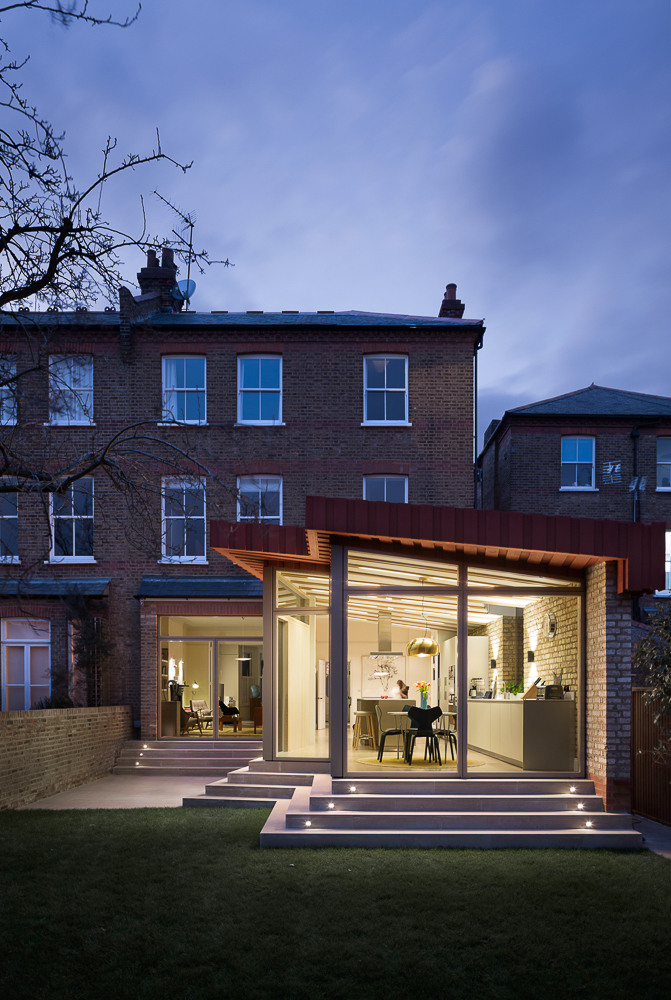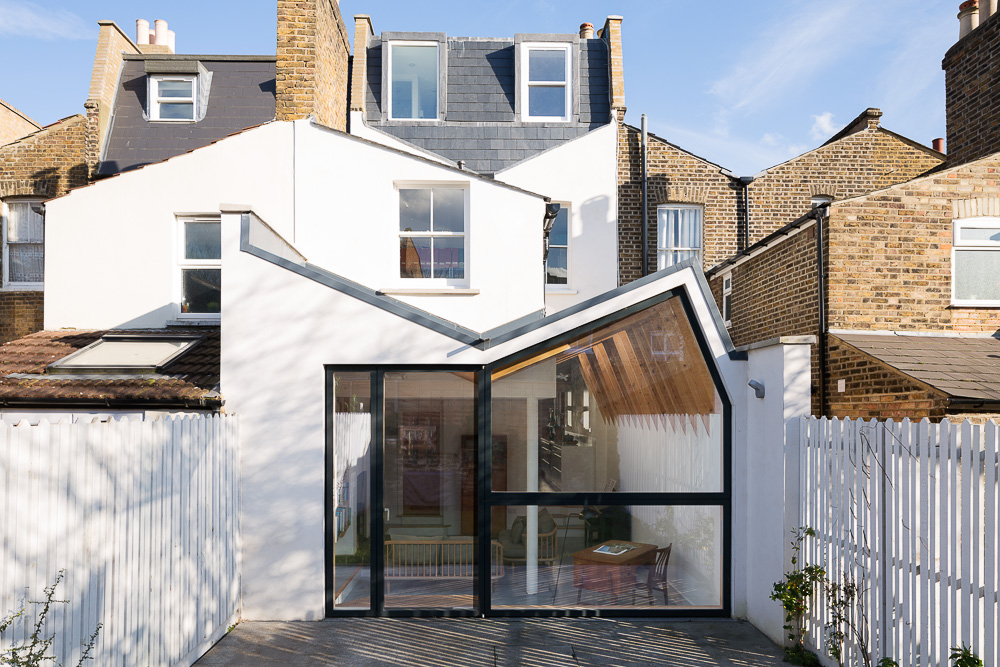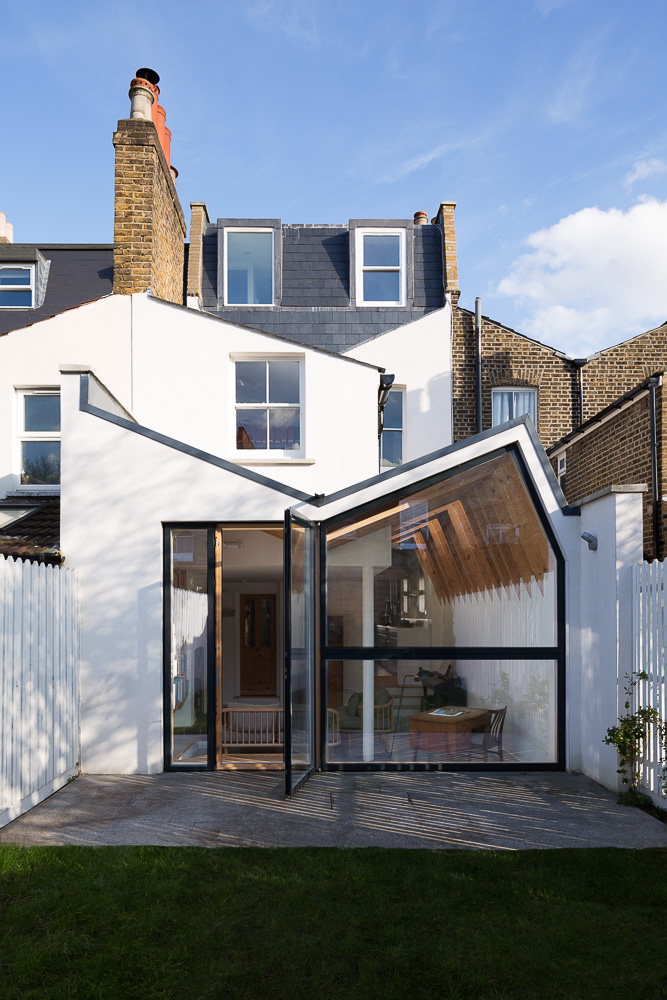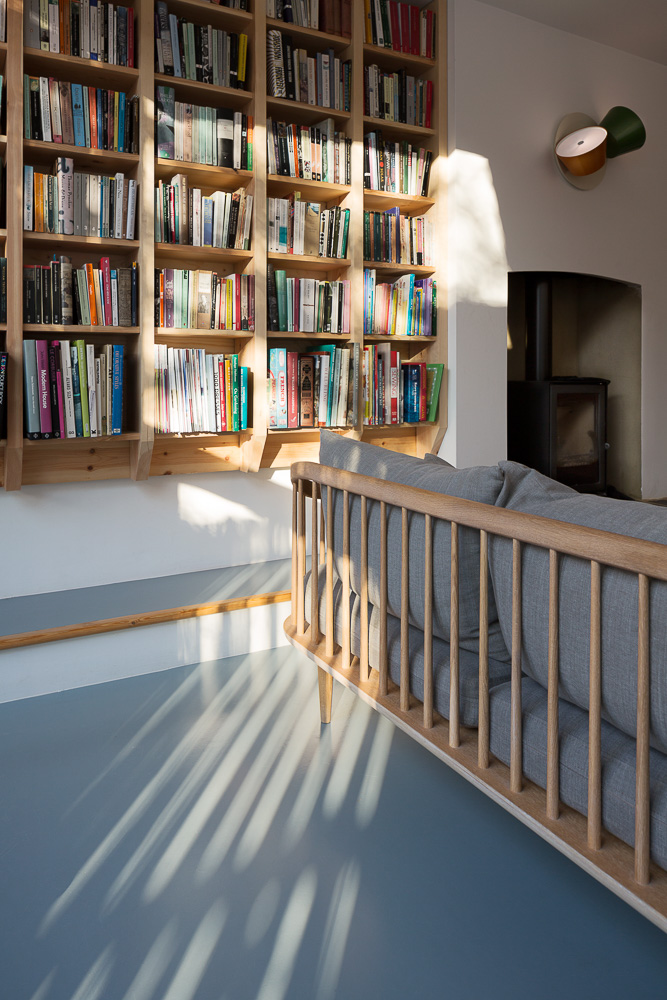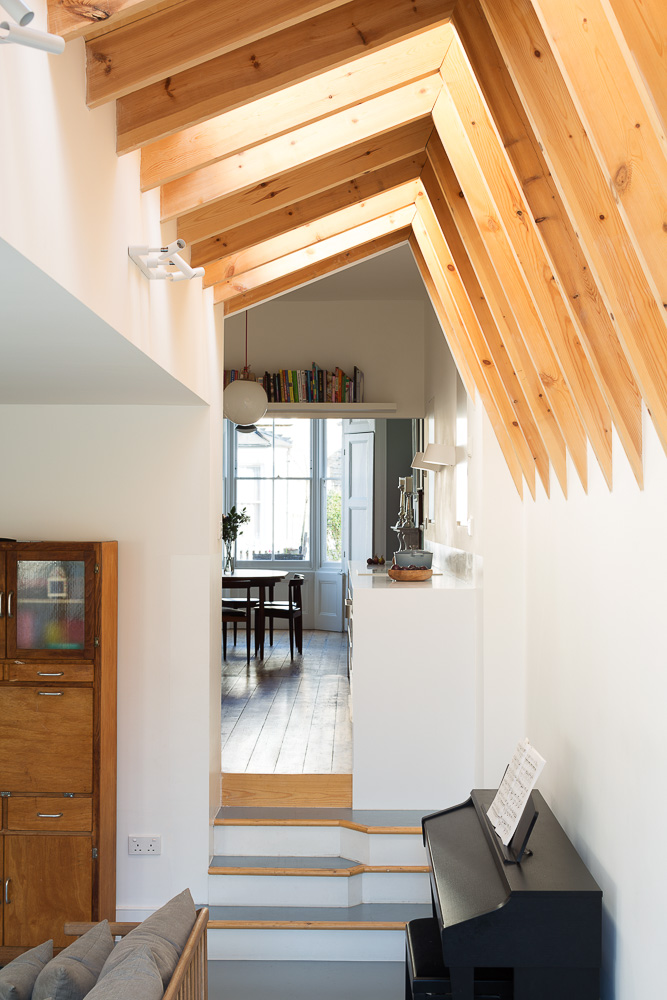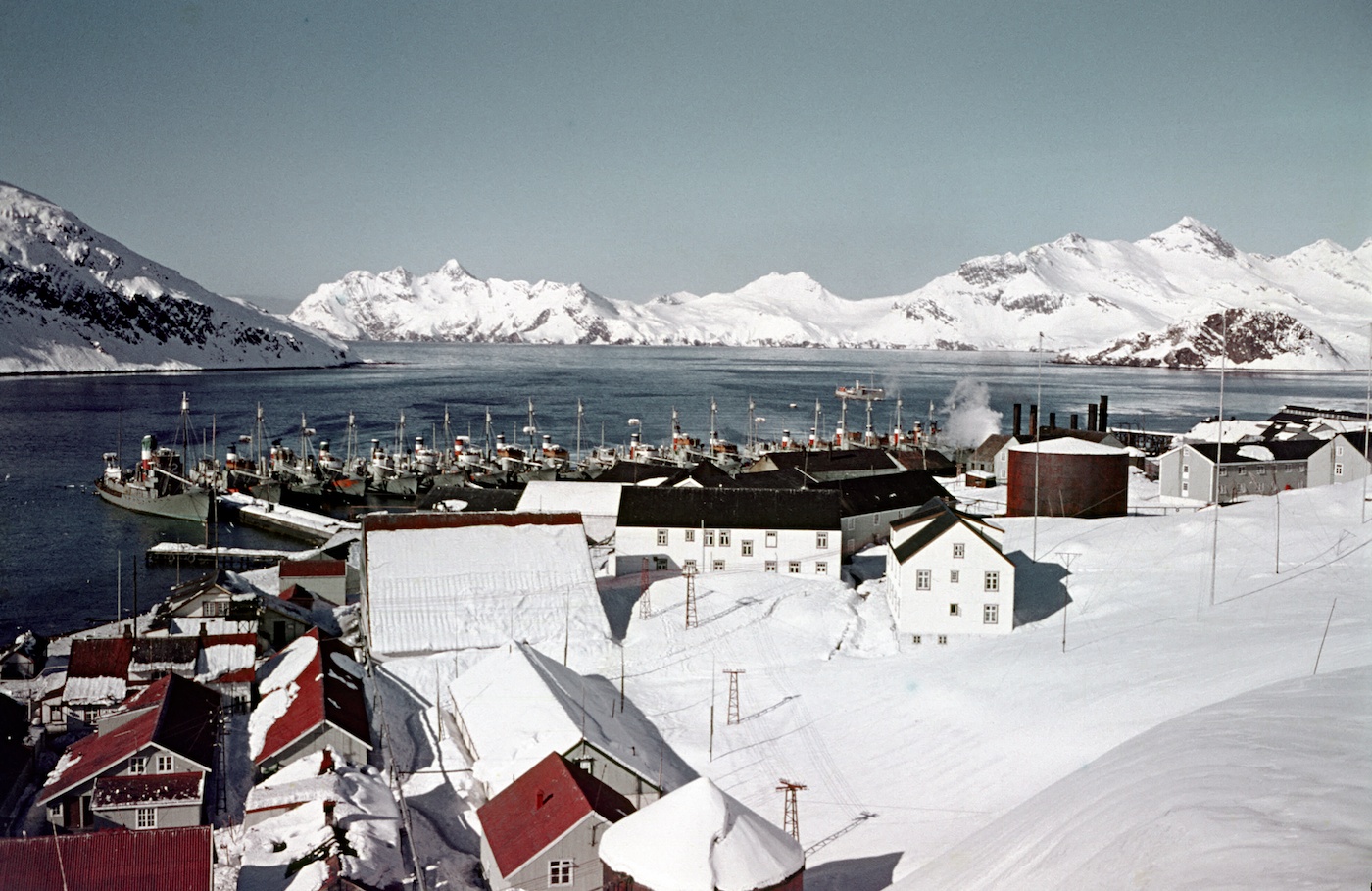I'm lucky enough to live a short bike ride from Herne Hill Velodrome, which has been home to track cycling in south-east London for over 125 years. After falling into disrepair, an effort led by local riders through the Herne Hill Velodrome Trust secured the funding to repair the track and then to rebuild the pavilion, providing facilities for events, changing rooms, and seating for spectators.
Hopkins Architects - who designed the London Olympic velodrome - have created a beautiful curved timber building that reincorporates the Victorian columns from the original pavilion. The Trust crowd-funded a whopping £89,000 to complete the internal fit out. I took a set of photos for the Trust to document this fit-out and the pavilion and track in use on a sun-drenched Track League evening. Good work everyone...
Read More













